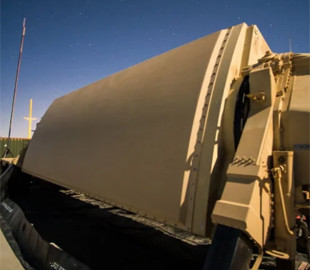
Raytheon announced the delivery of the first AN/TPY-2 missile defense radar to Saudi Arabia as part of contract worth 2.3 billion dollars signed in 2020.
A key feature of the AN/TPY-2 radar is the full integration of gallium nitride semiconductor technology, which provides enhanced surveillance capability and enhanced threat sensitivity. Compared to other RF semiconductors, gallium nitride has several advantages, including improved energy efficiency, lighter weight, and higher power output. These features allow the radar to work more efficiently while detecting threats faster and more accurately.
Paul Ferraro, president of Raytheon Air and Space Defense Systems, said the AN/TPY-2 radar is now in a different class after more than 50 modernizations According to Ferraro, these modifications will help Saudi Arabia strengthen its anti-missile defenses and will also benefit the entire fleet by increasing detection capabilities.
200% Deposit Bonus up to €3,000 180% First Deposit Bonus up to $20,000Saudi Arabia has ordered six additional Gallium Nitride-based AN/TPY-2 radars to complement its High Altitude Area Defense (THAAD) system. This defense system is designed to protect the territory of Saudi Arabia from ballistic missile threats, relying on the latest technological advances in radar.
Raytheon's AN/TPY-2 radar is designed to detect, track and distinguish enemy ballistic missiles in various stages of flight. . Operating in the X-band of the electromagnetic spectrum, it provides clearer target visibility, resulting in clearer images and improved threat recognition.
The system can operate in two modes: a forward-based mode to detect long-range ballistic missile threats and a terminal mode mode for aiming interceptors at the warhead of an enemy missile. According to Brian Rosselli, Raytheon's vice president of strategic missile defense, the AN/TPY-2 has the "sharpest view" among all existing missile defense systems due to its ability to distinguish targets with greater accuracy.

